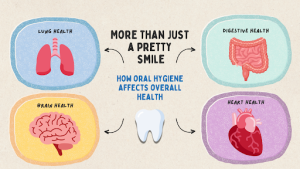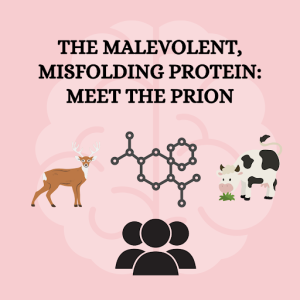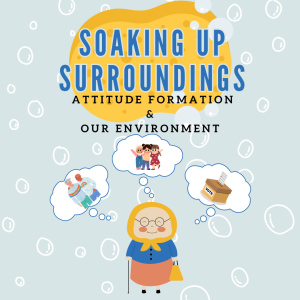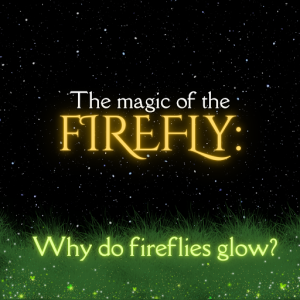By Vinchenzo Vassalotti, C2ST Intern, Loyola University
As a Sexual and Gender Diversity (SGD) researcher in-training, the foundations of my work acknowledge structural and social inequity – concepts intertwined with public policy. For those who hold diverse gender identities, their access to legal protections and ”gender-affirming care” are at increasing risk due to recent shifts in public policies surrounding this topic. However, the reality is, access to gender-affirming care is not just for sexual and gender-diverse people. Gender-affirming care is healthcare that addresses the needs of a wide array of people, including gender nonconforming and cisgender folks. Limiting access to certain healthcare can have significant, harmful effects for all those who rely upon its assistance.
The following blog is intended to provide an introduction to a component of healthcare commonly known as “gender-affirming care” (GAC), address some harmful myths, and acknowledge the uptick in restrictive legislation.
Continue reading “(Gender-Affirming) HEALTHCARE”
By Ella Coley, C2ST Intern, Waubonsee Community College
For many people, the concept of oral hygiene has been drilled into our heads for our whole lives. Since childhood, our parents, dentists, and doctors have told us countless times to brush our teeth and floss. Although it’s true that practicing healthy dental hygiene habits is essential for maintaining oral health, there is also a connection between oral health and the overall health of the body. The mouth is the main entrance point into the body; It directly leads to both the digestive tract via the esophagus and to the stomach and the respiratory system via the windpipe and lungs.
By Zyara Morton, C2ST Intern, University of Illinois Urbana-Champaign
In 1980’s Britain, farmers across the country were reporting abnormal, concerning behaviors in their cattle. The cattle in question were exhibiting mood swings, lack of coordination, posture abnormalities, and sensory disturbances; such as sudden twitching. It was not long until this mysterious behavior was tied to a disease known as Bovine Spongiform Encephalopathy, more commonly known as, “Mad Cow” disease. The disease ravaged farms of cattle, and in 1996, the first human version of the disease, variant Creutzfeldt-Jakob Disease (cCJD) turned out to be fatal. This tragedy plunged the public into a spiral. What diseases can be spread from humans to animals? How can we protect against this? The following blog will dive into the culprit behind Mad Cow disease, and its perplexing nature, even in modern day — prions.
By Vinchenzo Vassalotti, C2ST Intern, Loyola University
Much like a sponge, our experiences growing up, the people we meet, and the media we consume are all absorbed into our sense of self, values, and behavior. These values and how we express them, formally known as “attitudes”, are developed with and without intention. The intentional attitudes, those that we can outwardly express, are known as “explicit attitudes”. These attitudes are often expressed, via actions or verbal expressions, when one can give them thought and respond in a way that they perceive reflects their values or beliefs. “Implicit attitudes”, however, are buried deep within our unconscious. These attitudes are often expressed without thought and are spontaneous – formed in previous experiences and other uncontrollable influences.
By Zyara Morton, C2ST Intern, University of Illinois Urbana-Champaign
It is a warm July night. The stars hang high in the sky and in the distant woods, there’s a soft, flickering glow. The glow blooms and multiplies, until it feels as if the whole area is illuminated by magic. Maybe this scene reminds you of a time in your life– a nostalgic summer night from childhood, or more recently, as you sat along the lake watching that yellow glimmer in the distance. Whatever memory this scene arises in you, one factor is constant: the presence of those flickering lights, of the fireflies.
Continue reading “The Magic of the Firefly: Why Do Fireflies Glow?”
By Erin Scheg, C2ST Intern, Loyola University
The Great Lakes provide water for more than 40 million people, generate jobs for more than 1.5 million people, and are home to more than 3,500 plant and animal species. In early July 2024, the governors of Illinois and Michigan signed an agreement to cosponsor the Brandon Road Interbasin Project. This landmark project aims to protect the Great Lakes from invasive species, especially Asian carp. Invasive species are defined as non-native species to the ecosystem whose presence causes economic, environmental, or human health. Asian carp are native to Eastern Asia and were introduced to North America in the 1970s to assist with pest control in aquaculture facilities. Aquaculture facilities are aquatic farms where fish are grown and harvested for sale. These carp escaped into the wild from the aquatic farms on the Mississippi River and have been heading north, which poses a major threat to the native Great Lakes ecosystems.
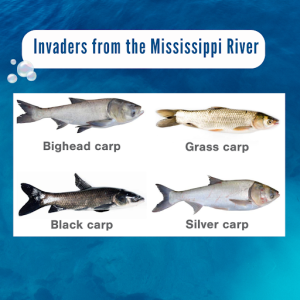
Continue reading “Invaders from the Mississippi River: Illinois and Michigan Unite to Protect the Great Lakes”

